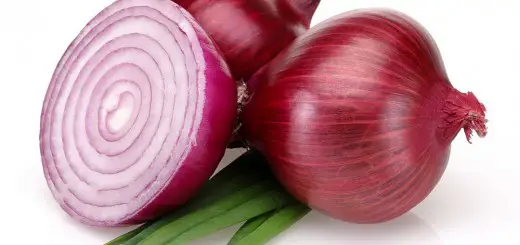Aromatic Herbs in Pots. Easy Caring For, Multiple Benefits
Ever wondered what your home cooked dishes would taste like if, instead of reaching for the herbs bag from the supermarket, you picked a few fresh basil or mint leaves or some thyme or rosemary twigs? An enhanced flavor of your favorite dishes isn’t the only benefit of growing your own aromatic herbs, as they are also effective in repelling unwanted insects in summertime. And you don’t have to be experienced in growing houseplants in order to create a small “garden” of aromatic herbs in pots.
If you decided to go ahead with this project, you can plant seeds, seedlings or just buy the plants potted.
Most herbs, including oregano, thyme, rosemary, or sage, are best reproduced through saplings – branches that are cut off from mature plants in the garden. The branch you use to obtain a sapling should be approximately 4 inches long. Remove the leaves from the bottom just enough to put it in water. In order to provide it a more humid environment, you can cover the glass.
If you use seeds, you should sprinkle them, without overcrowding, in small, short pots or in a short wood box, drilled on the bottom, filled with a mixture of flower soil, compost and vermiculite (retains moisture and keeps the soil airy). Keep them at a constant temperature in a well lit and ventilated spot and water them by placing the container in water, so that they absorb as much as they need through the bottom.
When you have the seedlings ready, plant them in unglazed clay pots. If you want to have several herbs in the same planter, group them according to theri watering needs. Rosemary and caraway need less water, while mint, garlic, parsley, marjoram and oregano need more.
Aromatic Herbs in Pots. Placing
When you arrange your miniature “garden” on some window sill, keep in mind that those herbs need warmth, light and fresh air. Ideally, you should grow them on a balcony or in a kitchen with windows facing south. Windows facing south are best lit, then the ones facing east or west.
Herbs are not to be kept in humid or dry air, nor in excessive heat. Most of them prefer temperatures of 65 – 70 degrees, but can stand higher ones too. What’s more important is to get the temperature at least 20 degrees down during the night, to simulate outdoor conditions. Except for basil, aromatic herbs can stand temperatures as low as 40 degrees.
Aromatic Herbs in Pots. Caring
Most aromatic herbs thrive when watered well, with good drainage ensured. Pour tap water, that you left sitting 24 hours before for the chlorine to evaporate, on the soil when it gets dry. Add sand in your soil or place pebbles on the bottom of the pot to provide good drainage.
Except for basil, which needs a richer soil, aromatic herbs prefer sandy soil, with no fertilizer added.
Sprinkle then once in a while to wash the dust away. When those bushes get too thick, you can single some of the plants.
Credits: agroromania.manager.ro, sanatate.unica.ro, foodstory.stirileprotv.ro, ecuisine.ro
Photo credits: jamieoliver.com, gardenclub.homedepot.com


















